Goat yogurt 🥛 is a creamy, nutritious, and tangy alternative to traditional cow’s milk yogurt. With its unique flavor and health benefits, goat yogurt 🥛 is becoming a favorite for those seeking something a little different. This guide will walk you through everything you need to know about making goat yogurt at home, from understanding its benefits to perfecting your recipe.
Introduction
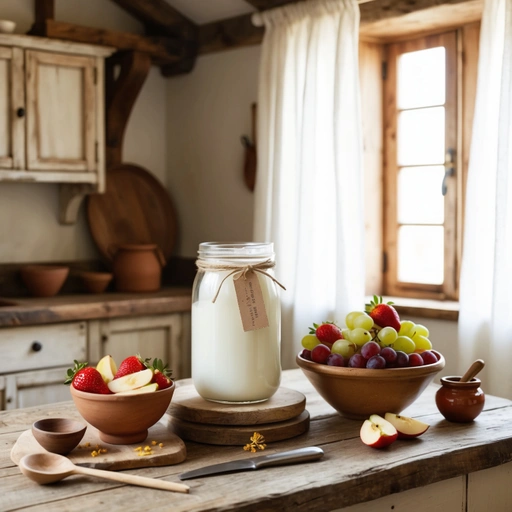
Why go for goat yogurt 🥛? It’s not just about trying something new—goat yogurt comes packed with nutritional perks and a delightful flavor profile that can make your taste buds dance. If you’ve ever wondered how to whip up your own batch of goat yogurt 🥛 at home, you’re in the right place. Making yogurt from scratch may seem intimidating, but with this step-by-step guide, you’ll see just how easy and rewarding it can be.
Benefits of Goat Yogurt
Nutritional Value
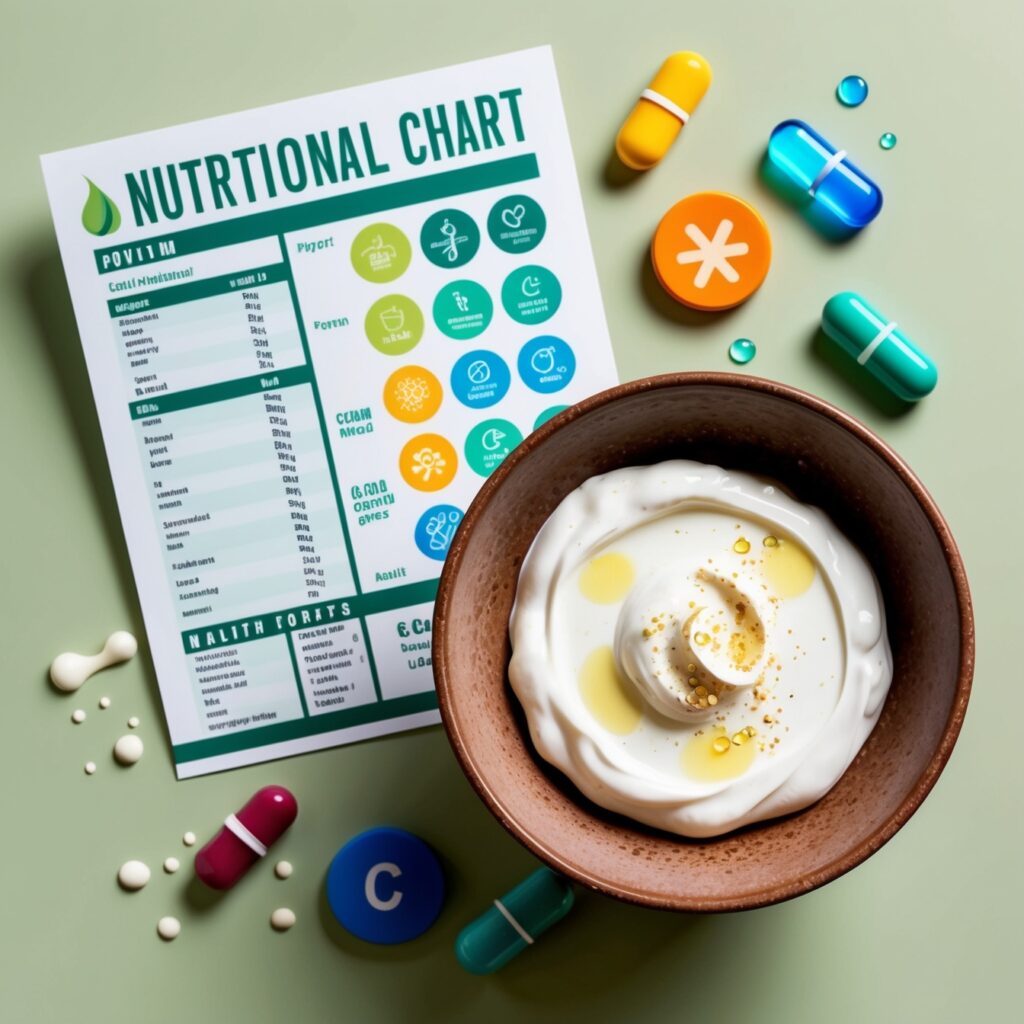
Goat yogurt is nutrient-dense, containing essential vitamins and minerals like calcium, potassium, and vitamin A. It’s also rich in protein, providing about 5 grams per 100 grams of yogurt. This makes it a good option for building and repairing muscle while also supporting bone health. Goat milk is often touted for its high levels of short- and medium-chain fatty acids, which provide quick energy and support metabolic health.
Digestive Benefits
For many, goat yogurt is easier to digest compared to cow’s milk yogurt. This is because goat milk has smaller fat globules and a different protein structure, which may be more tolerable for those with sensitive stomachs. The probiotics found in yogurt further aid digestion by supporting healthy gut bacteria.
Allergy-Friendly Option
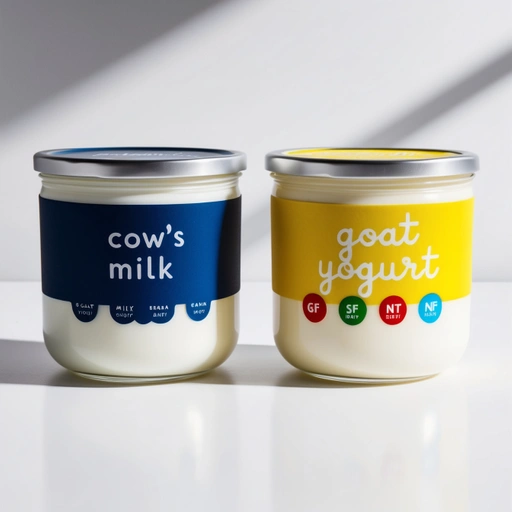
If you or someone you know has a mild allergy to cow’s milk, goat yogurt might be the answer. Goat milk lacks certain proteins that are more prevalent in cow’s milk, making it a less allergenic option for some people. Although it’s not entirely hypoallergenic, it’s a viable alternative worth trying for those who struggle with dairy sensitivities.
Ingredients Needed for Goat Yogurt
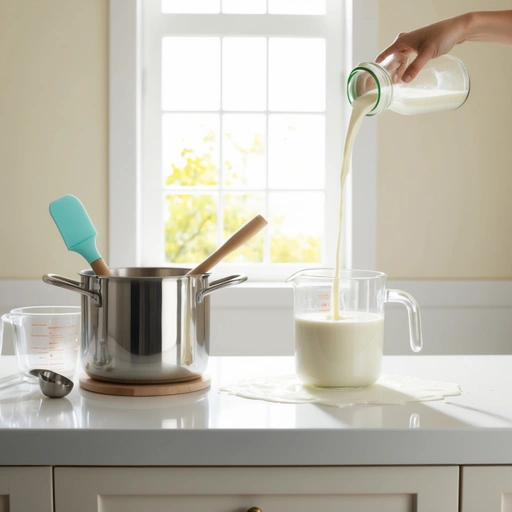
Before you get started, gather the ingredients you’ll need:
- Fresh goat milk: Whole, unpasteurized goat milk is ideal, but pasteurized goat milk will work too. Avoid ultra-pasteurized milk as it affects the yogurt-making process.
- Yogurt starter culture: This can be store-bought or you can use a few tablespoons of plain goat yogurt as your starter. Ensure the yogurt contains live active cultures for the best results.
Step-by-Step Guide to Making Goat Yogurt
Let’s break down the yogurt-making process into simple, manageable steps:
Preparing the Ingredients
Start by gathering your goat milk and yogurt starter. Make sure all your equipment, including pots, spoons, and containers, are clean and sterilized. This step helps to prevent any unwanted bacteria from interfering with the fermentation process.
Heating the Milk
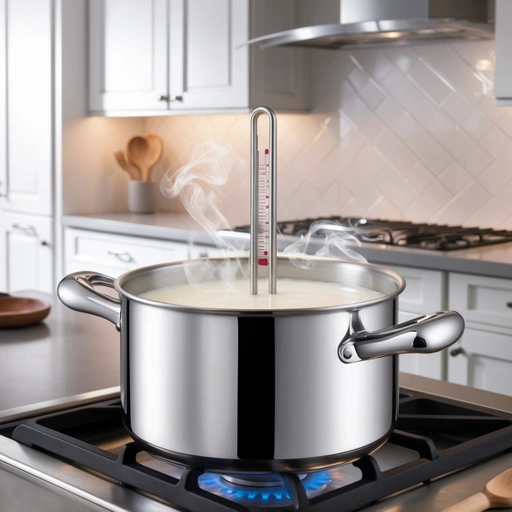
Pour the goat milk into a large pot and place it over medium heat. Stir the milk gently and heat it until it reaches about 180°F (82°C). This step is crucial as it helps kill any harmful bacteria and changes the structure of the milk proteins, allowing the yogurt to set properly.
Why Heating is Important
Heating the milk also ensures a thicker, creamier yogurt. Without this step, your final product might turn out runny and less appealing. Use a kitchen thermometer for accuracy.
Cooling the Milk
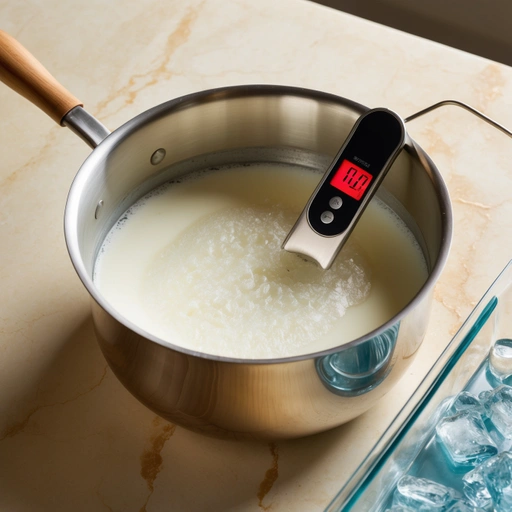
When the milk warms to the preferred temperature, take it off the heat and allow it to cool down The milk needs to cool to around 110°F (43°C). This temperature is optimal for adding the yogurt starter without killing the beneficial bacteria.
Achieving the Perfect Temperature
Cooling the milk can be accelerated by placing the pot in an ice bath, but be sure to monitor it closely to avoid dropping the temperature too low. If the milk becomes too cold, reheat it gently to bring it back to the correct temperature.
Adding the Starter Culture
Once the milk has cooled to 110°F, it’s time to introduce the starter culture. Add two to three tablespoons of plain goat yogurt or a small packet of yogurt starter to the milk. Stir it in gently but thoroughly to distribute the cultures evenly.
How Much Starter Culture to Use
Using too much or too little starter culture can impact the consistency and flavor of the yogurt. Follow the guideline of 2-3 tablespoons per quart of milk for the best results.
Incubating the Yogurt
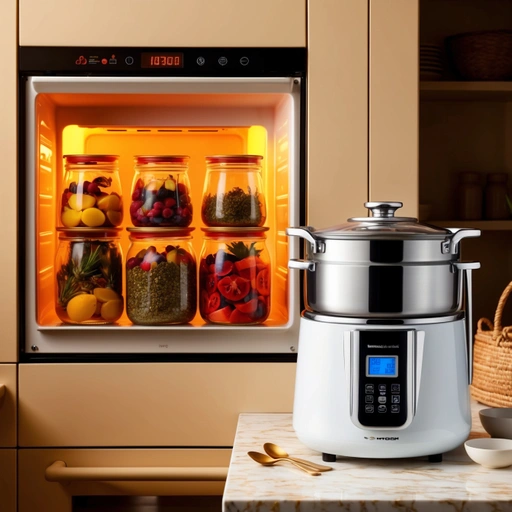
Now comes the waiting game. Transfer the mixture into jars or a large container, and place them in a warm environment. The incubation period allows the live cultures to ferment the milk, turning it into yogurt. The ideal temperature for incubation is around 110°F (43°C).
Best Incubation Methods
There are several ways to maintain the ideal incubation temperature:
- Yogurt maker: These devices keep the yogurt at a consistent temperature.
- Oven method: Preheat your oven to its lowest setting for a few minutes, turn it off, and then place the jars inside with the oven light on.
- Insulated cooler: Fill a cooler with warm water and place the jars inside to maintain the temperature.
Ideal Incubation Time
The incubation time can range from 6 to 12 hours, depending on how tangy you want your yogurt. A longer incubation period results in a more pronounced flavor. Most people find that 8 hours is the perfect balance between flavor and texture.
Flavoring and Customizing Your Goat Yogurt
Once your yogurt has finished incubating, it’s time to add your own spin to it.
Adding Honey or Sweeteners
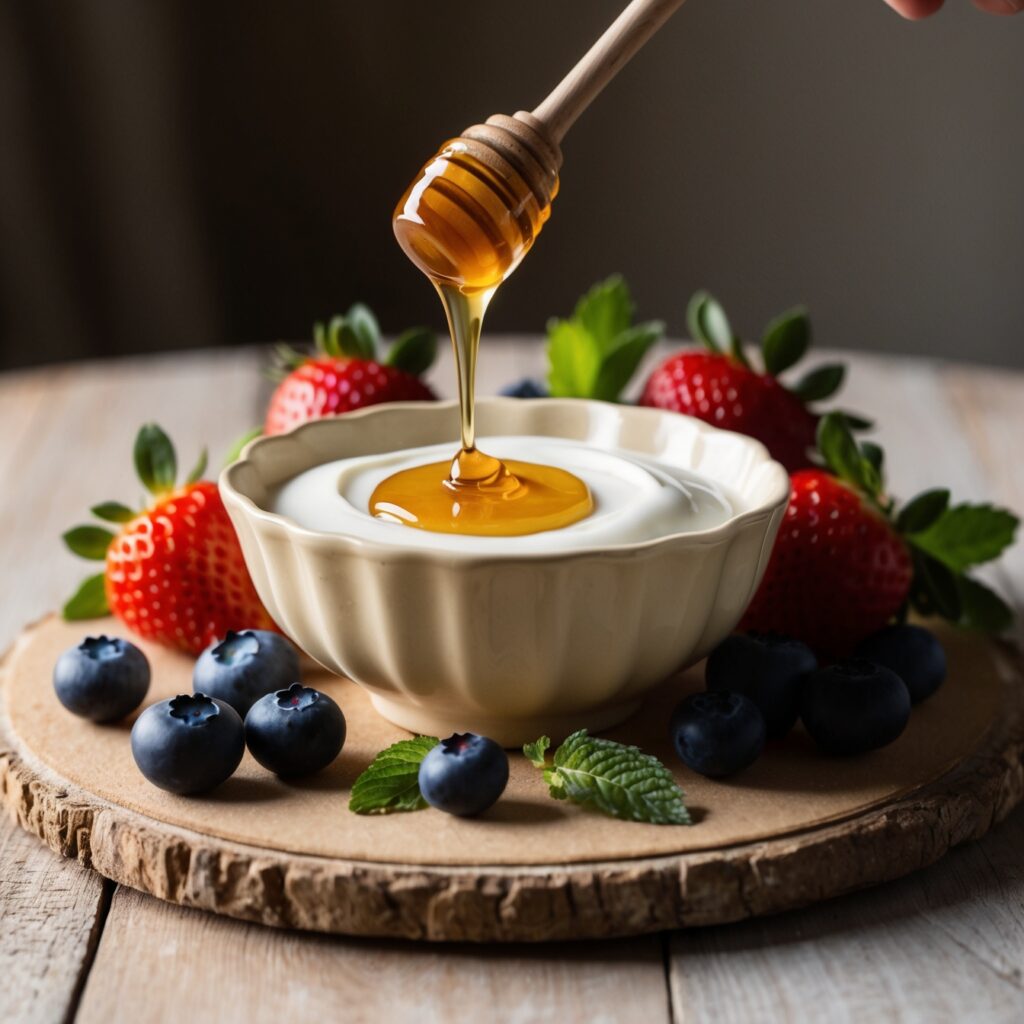
To create a subtly sweet yogurt, stir in a few tablespoons of honey or maple syrup after the yogurt has set. For an all-natural touch, consider blending in a small amount of stevia or agave.
Infusing Fruit and Flavorings
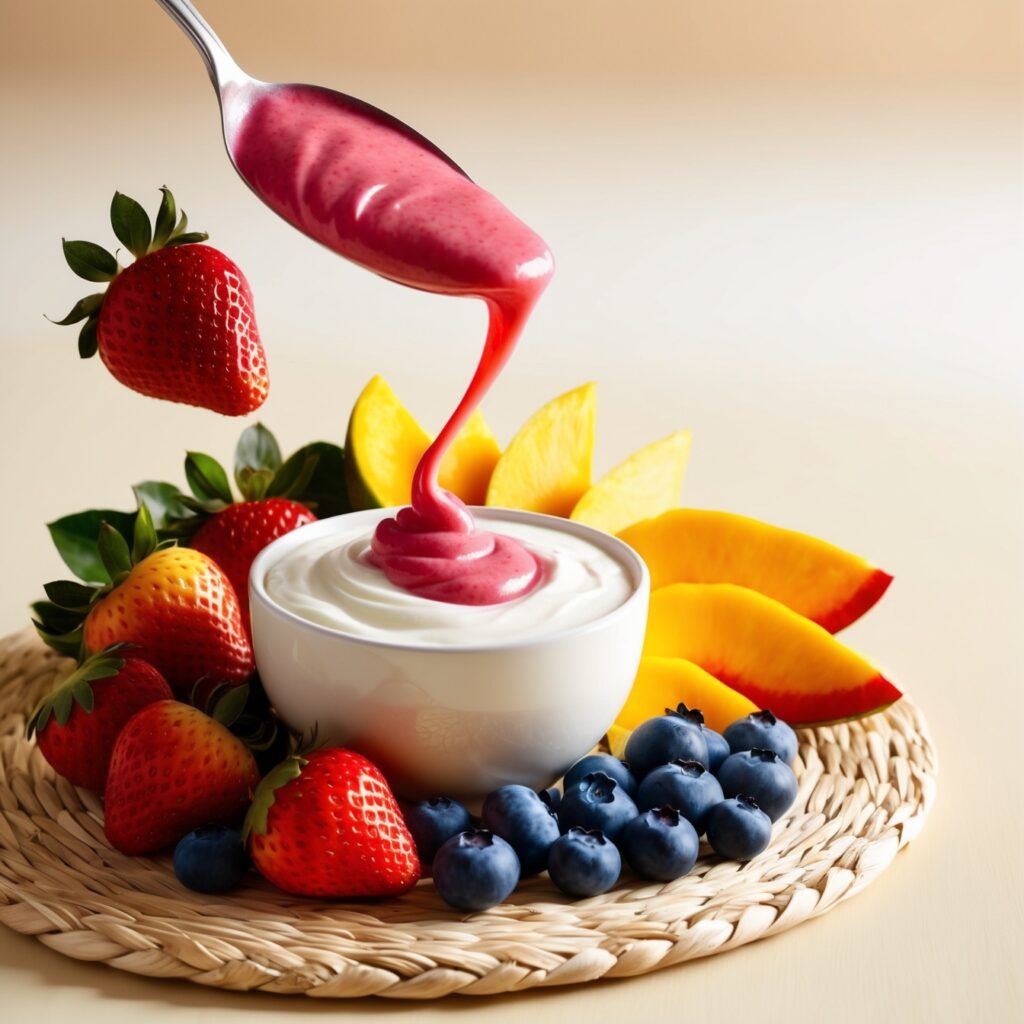
Want a fruit-flavored yogurt? Puree fresh fruit and mix it into the yogurt. Blueberries, strawberries, and mangoes work particularly well. For an added kick, sprinkle cinnamon or a hint of vanilla extract.
Tips for Perfect Goat Yogurt
Ensuring the Right Consistency

For a creamier yogurt consistency, try draining it with a cheesecloth or a fine mesh strainer. This removes some of the whey and gives you a texture similar to Greek yogurt.
Avoiding Common Mistakes
- Don’t overheat the milk: Overheating can denature the proteins and affect the final product’s texture.
- Keep temperatures consistent: A fluctuating incubation temperature can lead to inconsistent results.
- Don’t disturb the yogurt: During incubation, try not to move or shake the containers.
Storing Your Homemade Goat Yogurt
Homemade goat yogurt can be stored in the refrigerator for up to 1-2 weeks. Always use clean utensils when scooping out yogurt to prevent introducing bacteria.
Conclusion
Making goat yogurt at home is an enriching process that allows you to enjoy a unique and nutritious treat tailored to your taste. Whether you enjoy it plain, sweetened, or with a splash of fruit, goat yogurt offers a world of culinary possibilities. Plus, with its health benefits and digestibility, it’s a fantastic option for everyone, including those with specific dietary needs.
FAQs
1. Can I make goat yogurt without a starter culture?
Yes, you can use a small amount of store-bought goat yogurt with live active cultures as your starter.
2. How do I know when the yogurt is incubating?
The yogurt should have a firm, custard-like texture. If it’s still runny, give it more time to set.
3. Can I use flavored goat milk for making yogurt?
It’s best to use plain goat milk, as flavored milk can contain additives that may interfere with the fermentation process.
4. Is goat yogurt better than cow’s milk yogurt?
Goat yogurt can be easier to digest and contains different proteins and fats, making it a good option for those with sensitivities to cow’s milk.
5. How can I make non-dairy yogurt similar to goat yogurt?
You can try using coconut milk or almond milk with a non-dairy yogurt starter for a similar homemade experience.

Goat Yogurt
- Total Time: 8-12 hours and 15 minutes
- Yield: 4 servings 1x
- Diet: Gluten Free
Description
A step-by-step guide on making creamy and nutritious goat yogurt at home, complete with tips and customizations.
Ingredients
Ingredients:
- 1 quart of fresh goat milk
- 2–3 tablespoons of plain goat yogurt (with live cultures) or a packet of yogurt starter
Instructions
Instructions:
- Pour the goat milk into a pot and heat over medium heat to 180°F (82°C).
- Remove from heat and let it cool to 110°F (43°C).
- Stir in 2-3 tablespoons of plain goat yogurt or a yogurt starter.
- Pour the mixture into jars and incubate at 110°F (43°C) for 6-12 hours.
- Place in the fridge and let it chill for at least 2 hours before serving.
Notes
- For thicker yogurt, strain through cheesecloth for 1-2 hours.
- Flavor with honey or fruit after incubation for added taste.
- Prep Time: 15 minutes
- Cook Time: 8-12 hours
- Category: Snack, Breakfast
- Method: Fermenting
- Cuisine: Mediterranean
Nutrition
- Serving Size: 1 cup
- Calories: 120 kcal
- Sugar: 9g
- Sodium: 75mg
- Fat: 5g
- Saturated Fat: 3g
- Unsaturated Fat: 2g
- Trans Fat: 0g
- Carbohydrates: 11g
- Fiber: 0g
- Protein: 6g
- Cholesterol: 20mg

